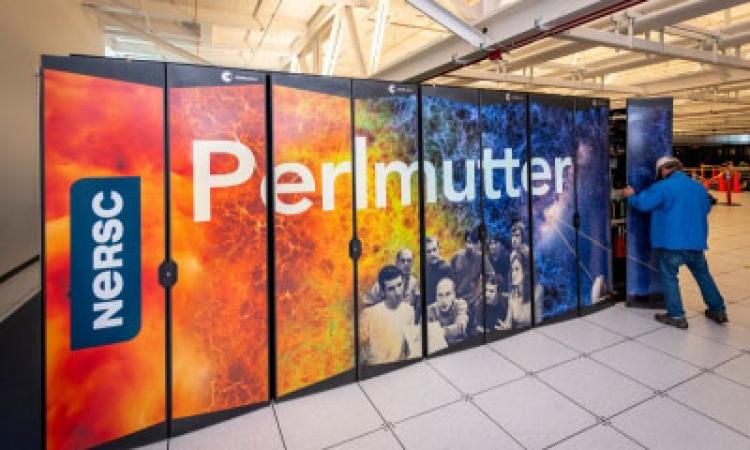US-based tech major Nvidia and the National Energy Research Scientific Computing Center (NERSC) has flipped the "on" switch for Perlmutter, billed as the world's fastest supercomputer for AI workloads.
Named for astrophysicist Saul Perlmutter, the new supercomputer boasts 6,144 NVIDIA A100 Tensor Core GPUs and will be tasked with stitching together the largest ever 3D map of the visible universe, among other projects, Venture Beat reported.
Perlmutter is "the fastest system on the planet" at processing workloads with the 16-bit and 32-bit mixed-precision math used in artificial intelligence (AI) applications, said Nvidia global HPC/AI product marketing lead Dion Harris during a press briefing earlier this week.
ALSO READ: Apple sued over false accusations in Apple Store thefts
Later this year, a second phase will add even more AI supercomputing power to Perlmutter, which is housed at NERSC at the Lawrence Berkeley National Laboratory.
"In one project, the supercomputer will help assemble the largest 3D map of the visible universe to date. It will process data from the Dark Energy Spectroscopic Instrument (DESI), a kind of cosmic camera that can capture as many as 5,000 galaxies in a single exposure," Harris wrote in a blog post.
Perlmutter will give NERSC's approximately 7,000 supported researchers access to four exaflops of mixed-precision computing performance for AI-assisted scientific projects.
ALSO READ: ASUS unveils Chromebook Flip CM3, Detachable CM3 laptops
In addition to the DESI mapping project, researchers are teeing up time with the supercomputer for work in fields like climate science, where Perlmutter will assist in probing subatomic interactions to discover green energy sources.
That project, which will generate simulations of atoms interacting, requires the special blend of AI and high-performance computing (HPC) that Perlmutter delivers, Harris said.
The ability to leverage AI in supercomputing also has researchers optimistic about the DESI project, the report said.
In addition to mapping the known universe, the project "aims to shed light on dark energy, the mysterious physics behind the accelerating expansion of the universe," NERSC data architect Rollin Thomas said.


















